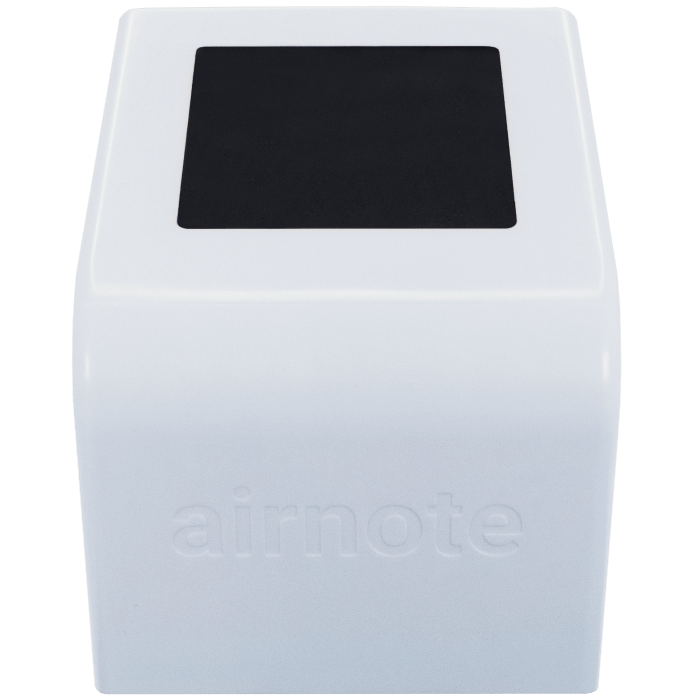
Using IoT to Enhance Air Quality Monitoring in Welding Environments
Overview
Welding is a common industrial process that involves using high temperatures and sparks to join metal components together. While it is a vital part of many manufacturing and construction processes, welding can also produce harmful fumes and gases that can impact the air quality in the surrounding environment.
Exposure to these fumes and gases can lead to a variety of health problems, including respiratory issues, headaches, dizziness, and even cancer. It is important for employers to take steps to monitor and control the air quality in welding environments to protect the health and safety of their workers.
Blues Wireless Air Quality IoT System

There are several methods that can be used to monitor air quality in welding environments:
- Personal air monitors: These are small, portable devices that can be worn by individual workers to measure the air quality around them. Personal air monitors can detect a range of gases and particles, including carbon monoxide, nitrogen oxides, and metal fumes.
- Fixed air monitors: These are larger, stationary devices that are typically mounted on walls or ceilings in a central location. Fixed air monitors can detect a wider range of gases and particles than personal air monitors, and they can provide continuous monitoring of the air quality in a specific area.
- Gas detection systems: These systems use sensors to detect the presence of specific gases in the air. They can be used to alert workers when levels of harmful gases reach dangerous levels, and they can also trigger alarms or shut off equipment as needed.
In addition to monitoring the air quality, there are also several measures that can be taken to control it:
- Proper ventilation: Ensuring that there is sufficient ventilation in the welding area can help to dissipate harmful fumes and gases. This can be achieved through the use of exhaust fans, open windows, or other ventilation systems.
- Local exhaust ventilation: This type of ventilation system is specifically designed to capture and remove harmful fumes and gases at the source. Local exhaust ventilation systems can be placed near welding stations or other areas where hazardous gases are produced.
- Personal protective equipment: Workers should be provided with appropriate personal protective equipment, such as masks and respirators, to help protect them from inhaling harmful fumes and gases.
Monitoring and controlling the air quality in welding environments is essential for protecting the health and safety of workers. By using a combination of air monitoring devices and control measures, employers can ensure that their welding environments are safe for their workers.
How Technology Fits
The Internet of Things (IoT) refers to the interconnected network of devices that are equipped with sensors, software, and connectivity, allowing them to collect and exchange data. IoT can be used in a variety of industries, including manufacturing and construction, to improve efficiency, reduce costs, and enhance safety.
In the context of air quality monitoring in welding environments, IoT can be used to automate the process of collecting and analyzing data from air quality monitoring devices. This can be achieved through the use of sensors and other IoT devices that are integrated into the monitoring system.
For example, sensors can be used to measure the levels of various gases and particles in the air, and this data can be transmitted in real-time to a central monitoring system via a wireless network. The central system can then analyze the data and alert workers or supervisors if the air quality falls below safe levels.
IoT can also be used to remotely control and monitor ventilation systems and other air quality control measures. For example, if the central monitoring system detects high levels of harmful gases, it can automatically trigger the ventilation system to increase airflow or shut off certain equipment to reduce the production of gases.
Overall, the use of IoT in air quality monitoring can help to improve the safety and efficiency of welding environments by providing real-time monitoring and control of the air quality. This can help to protect the health and well-being of workers and reduce the risk of accidents or injuries.